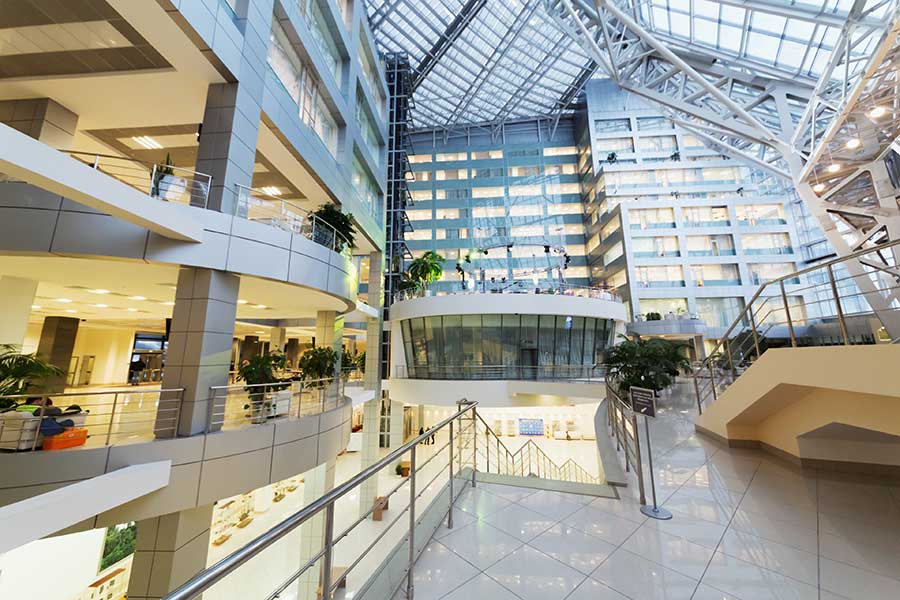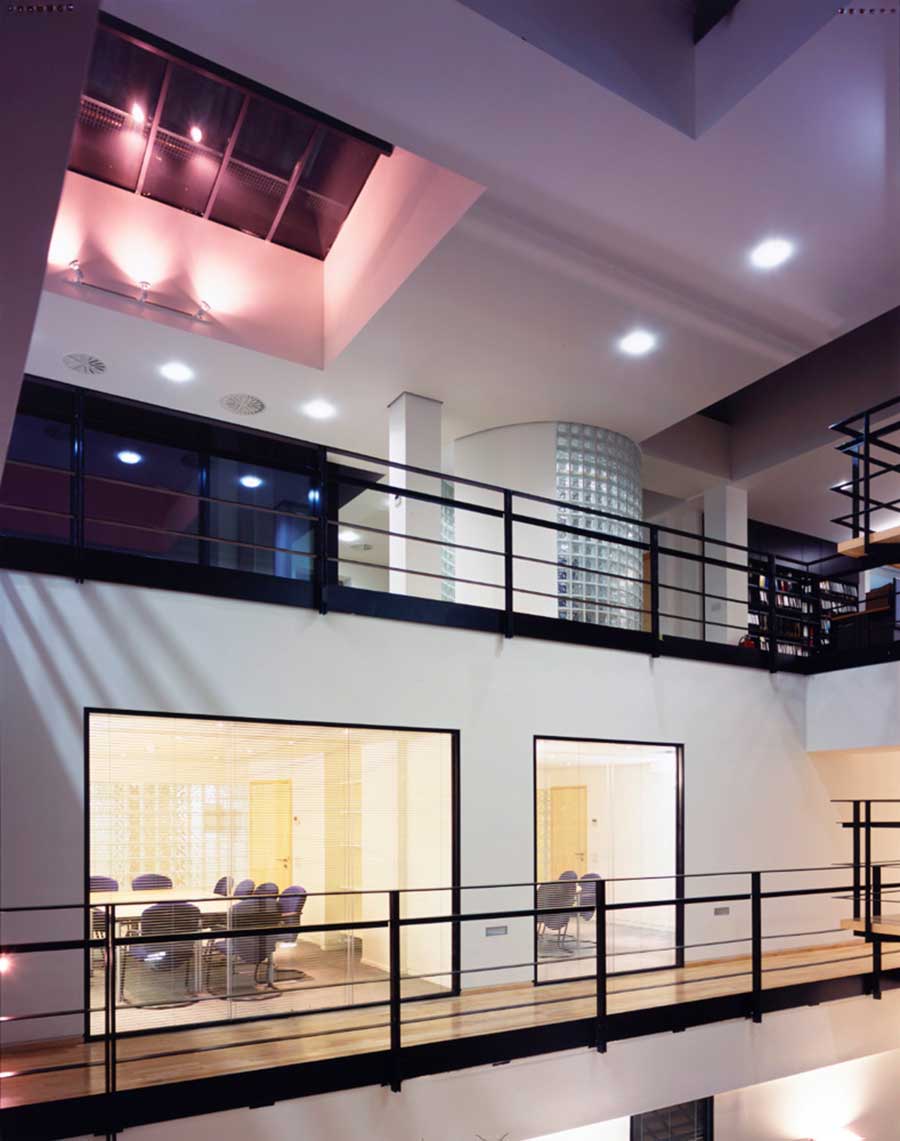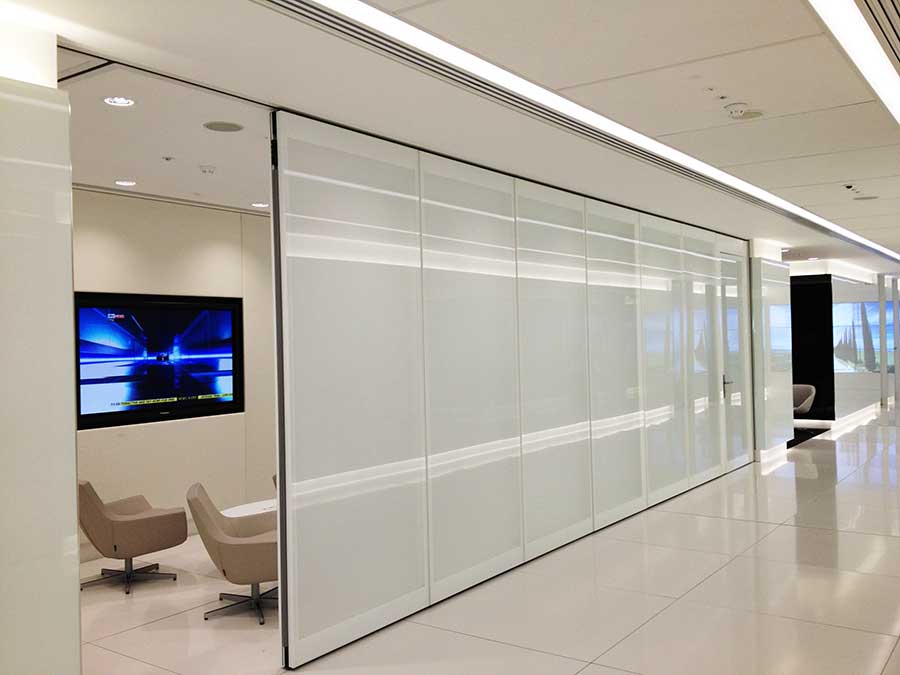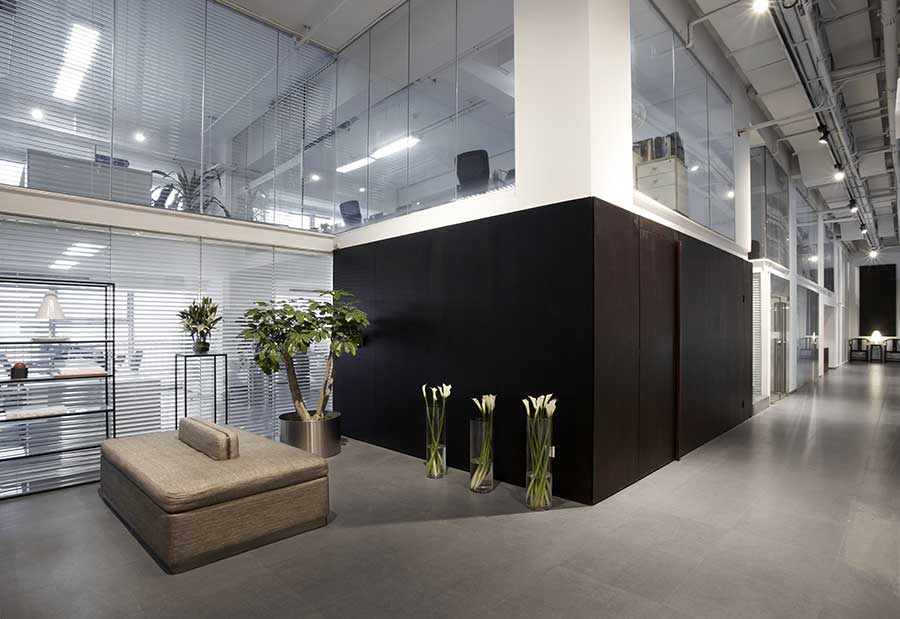Once upon a time, glass was used in office buildings only as a way to showcase products like cars, artwork, jewelry, or other large or big-ticket items. In the past two centuries, glass has gone from being the how department stores displayed their wares and sundries to being the way contemporary European, Chinese, Mexican, American, UAE, and Australian companies are housing their staff, technology, servers, and inventory.
Some of the most moving, progressive uses of glass within office buildings and workspaces as far back as the 1920s have been in Denmark — a place known for its cutting-edge interior designs, furnishings, and decor since the Roaring Twenties. Copenhagen has for nearly 100 years been home to corporate buildings and small business offices where glass walls, wide open spaces, and the admittance of natural light were the rule of the day — and still are. It comes as no surprise that many of the office furnishings popular in the US today are inspired by the designs found in Denmark some 80 or more years ago. But what of the rest of our interiors, exteriors, and workspaces in North America, the United Kingdom, and other homes to previously more austere offices? Well, it may have taken us some time to catch up, but today’s modern work landscape is largely comprised of all kinds of interesting uses of ultra-modern glass, which has evolved immensely even in the past 10 years.
The All-Glass Building: Exterior, Interior & Total Transparency

While many construction industry pundits have argued since the 1990s that glass skyscrapers and large glass buildings would add to the energy load of urban areas, they were not taking into account the new technology in glass manufacturing. With today’s use of double-skin facades, energy is actually saved. What’s more, less energy is used during daylight hours (when most people are working in these buildings) because unlike buildings constructed of brick, concrete, or other solid materials require constant interior lighting — something that transparent, glass buildings have no need for because they are naturally lit.
The interiors of these more modern glass buildings also utilize LED and other forms of low-energy lighting sources for times when workers have to stay late, when it’s rainy and overcast, or during other times when natural light is lessened. Brighter days that in the past would have caused a hike in energy costs for cooling the interiors of all-glass buildings are now part of the history and evolution of such buildings, which now utilize a variety of double, triple, and full glazing for the sides of the building that would otherwise receive “glaring” sunlight, as well as modernly designed interior window shades as well as exterior frits and shades that move back and forth or up and down with the touch of a button, allowing more or less light into the building’s interior.
With tremendous leaps in glass fabrication technology, the use of solar panels and in some geo-locations, the use of wind energy, the all-glass building is no longer thought of as an energy-wasting enterprise, but actually as the wave of the future, creating lower energy loads, thinner, more efficient building materials, and a way for workers inside to receive natural light, which has proven study after study to improve employee mood, efficiency, communication, and overall productivity.
The Office of the Future is more like a Fishbowl than a Basement

Even for offices that aren’t entirely comprised of glass, more today than ever, corporate buildings and even small to medium-sized businesses are utilizing more glass for everything from interior partitions to skylights. In addition, windows are getting larger, more and more interior and exterior doors are made of glass. In higher numbers than ever, employees are found working together in large, naturally lit spaces, where they are free to openly communicate, brainstorm, and reach goals through groupthink.
Without the restrained office culture that once hampered communication with loads of walls, doors, and partitions, workers no longer have to email one another a one-line question and wait for the response. Workers are grouping up into cohesive, efficient teams, with representatives from each department involved in project oversight. This means more work gets done, people from different departments can interrupt one another in real time to answer questions, and these task forces are quickly becoming less trendy and more a part of how industrialized nations do business on a global scale.
No More 3 p.m. Cubicle Siestas

With more natural light, and with the fishbowl atmosphere that makes the office break room yet another open, spacious location within the building, there’s less lethargy and drowsiness. That’s because the psychological effects of more exposure to sunlight on a consistent basis are good for mental acuity and alertness, according to a study performed by the Heschong Mahone Group, with specific regard to light absorbed through glass walls, windows, and “fishbowl” offices. With virtually no shut-out from the rays of the sun, with the exception of glazing that keeps the human body, skin, and eyes safe from ultraviolet rays known to be have negative health impacts.
With more energy, more alert minds, and working in teams in spacious surroundings free of clutter, workers no longer feel walled-in figuratively or literally. The end result: more is getting done, psychological welfare is no longer at such a high risk, and the daily stresses associated with lack of natural light are a thing of the past. Today’s modern offices may offer neoteric suites suspended by cables and “Blade Runner”-styled avant-garde, rainbow-colored prismatic glass elevators. But most important of all, these futuristic glass spaces offer clarity of thought, better health, a happier workforce, and a higher bar being set for reaching goals that is actually being met.

